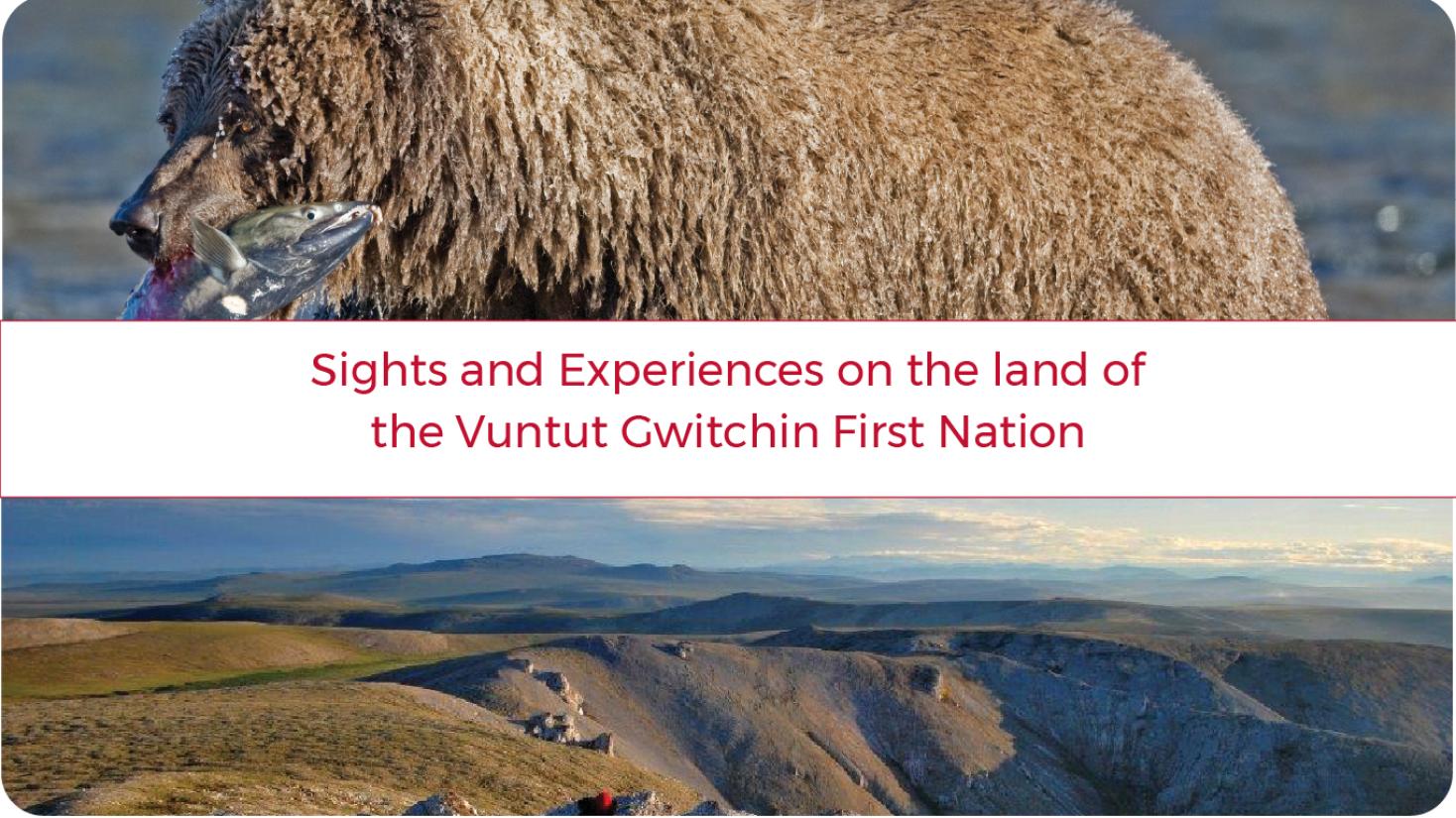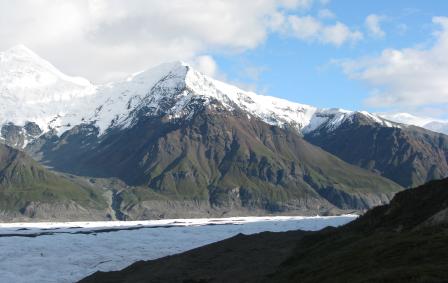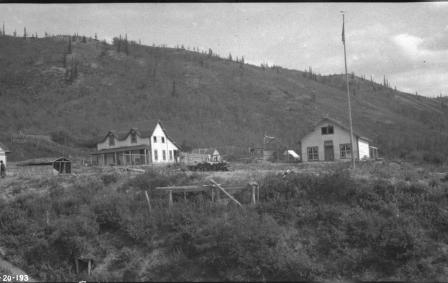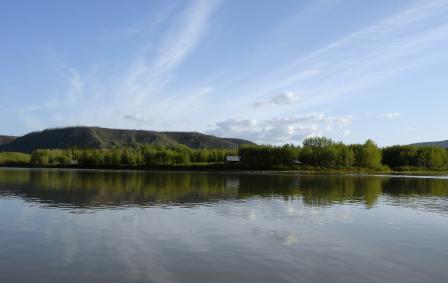Vuntut Gwitchin First Nation Points of Interest

Today, Old Crow is the home community for the Vuntut Gwitchin – People of the Lakes. While the only way to get there is by plane, it’s worth the short flight to experience this place of beautiful culture, people, and land.
With the help of Indigenous Yukon, we’ve put together a list of things to do and see for an unforgettable visit to the north-most community in the Yukon.
Vuntut National Park
The park was established through the Vuntut Gwitchin First Nation Final Agreement in 1995, to protect the traditional and current Gwich’in way of life, and the water, plants and animals essential to their culture.
The park protects 4,345 square kilometers of Arctic wilderness and 500,000 birds and 100,000 caribou pass through the park each year.
Old Crow Flats
Van Tat/Old Crow Flats, a Special Management Area established the Vuntut Gwitchin First Nation Final Agreement, is made up of Yukon public lands and VGFN Settlement Lands.
Van Tat is one of the most important wetland and lake complexes in Canada and is home to populations of waterfowl, Porcupine caribou, muskrat, and moose. Van Tat is a critical part of the Traditional Territory of the Vuntut Gwitchin and dominates the southern third of Vuntut National Park.
Ni''iinlii Njik (Fishing Branch) Territorial Park
The 6500 kilometre square wilderness area is a legacy of the Vuntut Gwitchin land claim agreement and is jointly managed by Yukon government and Vuntut Gwitchin government.
The park boasts world-class bear viewing, year-round open water, and large trees rarely seen this far north. The Porcupine Caribou herd also migrates through the area, and Dall sheep and moose call it home.
Rampart House and LaPierre House
Two of the earliest Yukon places where Gwitchin families interacted with fur traders, explorers, missionaries and government officials who brought many changes to the Gwitchin culture.
It was home to several Gwich’in families, is visited regularly by Gwich’in from Yukon and Alaska, and still lives in the memories of the elders.
These historic sites are co-owned and co-managed by the Vuntut Gwitchin and Yukon governments in accordance with the Nation’s Final Agreement.


